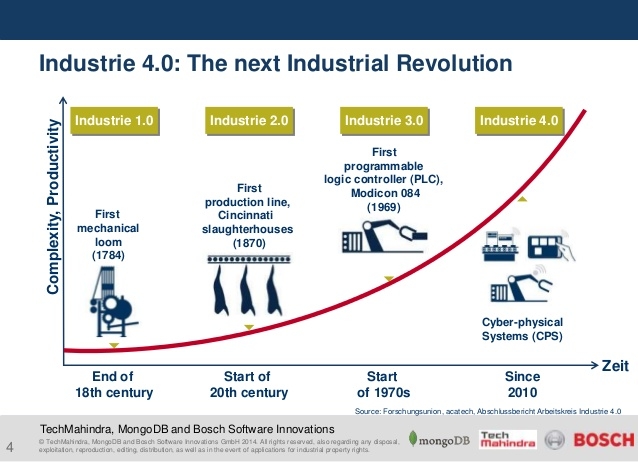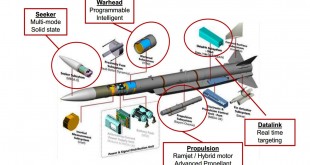The first industrial revolution began in the 18th century when the power of the steam engine was harnessed and manufacturing first became mechanized. The Second used electric power and the assembly line mass production using the conveyor belts. The Third used electronics, memory-programmable controls, computers and information technology to automate …
Read More »UK implementing National Strategy of Quantum Technology to become Global Leader in future Quantum industry
The demand for quantum technologies is being driven by large and significant societal challenges, including the need to build in more inhospitable places, for greater security around information and transactions, for better medicines and therapies, and to counter cyber terrorism. Technologies that will allow fire crews to see through smoke …
Read More »IoT Chips or IoT Modules and SoCs enabling Internet of Things revolution
The global IoT market is expected to reach a value of USD 1,386.06 billion by 2026 from USD 761.4 billion in 2020 at a CAGR of 10.53%, during the period 2021-2026. The internet of things technology helps in connecting various smart devices together to ease the operation and sharing of …
Read More »Optoelectronics technology trends and market
Optoelectronic technology is a new technology formed by the combination of photon technology and electronic technology. Optoelectronics is the field of technology concerned with electronic device application to the sourcing, detection and control of light. Optoelectronics is described as “a device that responds to optical power, emits or modifies optical …
Read More »Militaries race to develop Very Long Range Air-to-Air missiles with features like large ‘no-escape zone’, AESA Radar, EO/IR Imaging, Network centric data links and hypersonic speeds
Over the past few decades, advances in electronic sensors, communications technology, and guided weapons may have fundamentally transformed the nature of air combat. One of critical technologies was superior situational awareness (SA) when a pilot has a better understanding of the position of all relevant aircraft and their activities in …
Read More »Militaries continue to enhance Short and Medium Range Air-to-Air missiles for achieving superiority in Dogfights
Over the past few decades, advances in electronic sensors, communications technology, and guided weapons may have fundamentally transformed the nature of air combat. One of critical technologies was superior situational awareness (SA) when a pilot has a better understanding of the position of all relevant aircraft and their activities in …
Read More »Indian Govt. plans thrust on Internationalisation of higher education to enhance its innovation
India climbed four spots on the Global Innovation Index 2020 and is now at 48th position in the list of top 50 innovative countries in the World Intellectual Property Organization (WIPO) annual ranking. India has been gradually improving it’s Global Innovation Index (GII), in 2016, India climbed 15 spots, from 81 …
Read More »Ceramics materials for Military Body and Vehicle Armor and Aerospace applications
A ceramic is any of the various hard, brittle, heat-resistant and corrosion-resistant materials made by shaping and then firing a nonmetallic mineral, such as clay, at a high temperature. Common examples are earthenware, porcelain, and brick. With such a large range of possible options for the composition/structure of a …
Read More »India gradually improving its innovation and competitiveness now needs to focus on disruptive and world beating innovations
The Global Competitiveness Index is released by the World Economic Forum(WEF). It was launched in 1979. It ranks the competitiveness landscape of 141 economies through 103 indicators organised into 12 pillars. These 12 pillars are (1) Institutions (2) Infrastructure (3) ICT adoption (4) Macroeconomic stability (5) Health (6) Skills (7) …
Read More »DARPA’s WARP developing wideband adaptive RF circuit technology to Protect Ultra-Wideband Military radios, radars and EW systems from Jamming
The military uses the electromagnetic spectrum — essential, yet invisible — to detect, deceive and disrupt the enemy while protecting friendly forces. As enemies become more capable and threats more complex, controlling the spectrum is increasingly critical. However, today’s electromagnetic (EM) spectrum is a scarce resource that is becoming increasingly …
Read More » International Defense Security & Technology Your trusted Source for News, Research and Analysis
International Defense Security & Technology Your trusted Source for News, Research and Analysis









